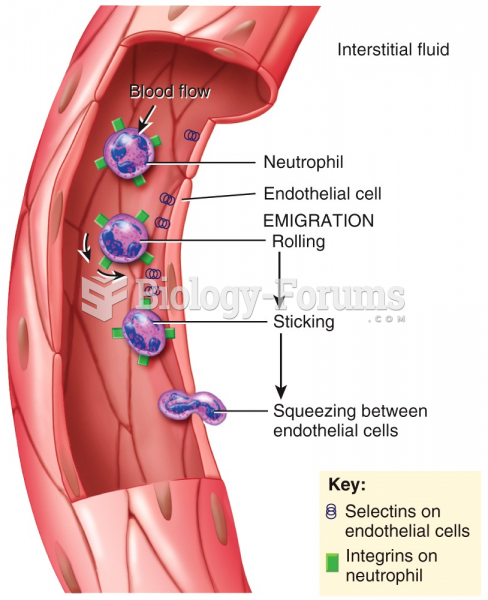|
|
|
A strange skin disease referred to as Morgellons has occurred in the southern United States and in California. Symptoms include slowly healing sores, joint pain, persistent fatigue, and a sensation of things crawling through the skin. Another symptom is strange-looking, threadlike extrusions coming out of the skin.
Symptoms of kidney problems include a loss of appetite, back pain (which may be sudden and intense), chills, abdominal pain, fluid retention, nausea, the urge to urinate, vomiting, and fever.
The FDA recognizes 118 routes of administration.
A seasonal flu vaccine is the best way to reduce the chances you will get seasonal influenza and spread it to others.
There are approximately 3 million unintended pregnancies in the United States each year.







